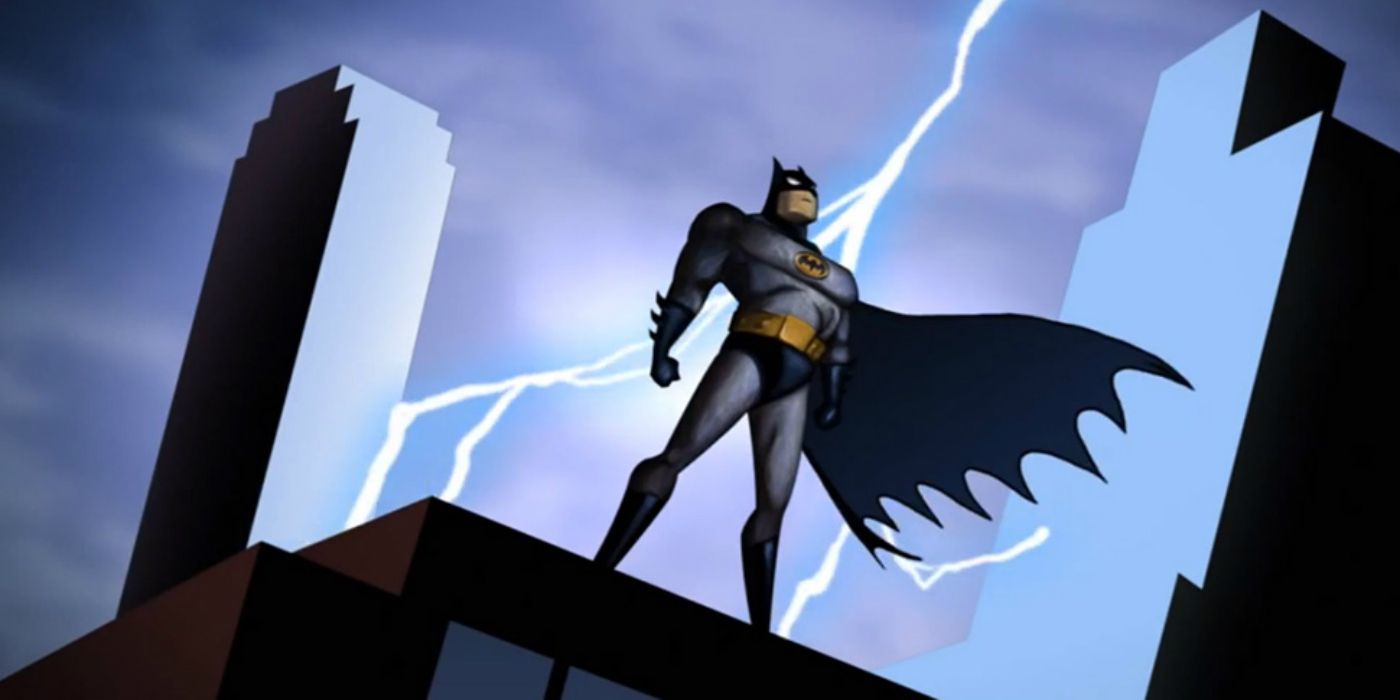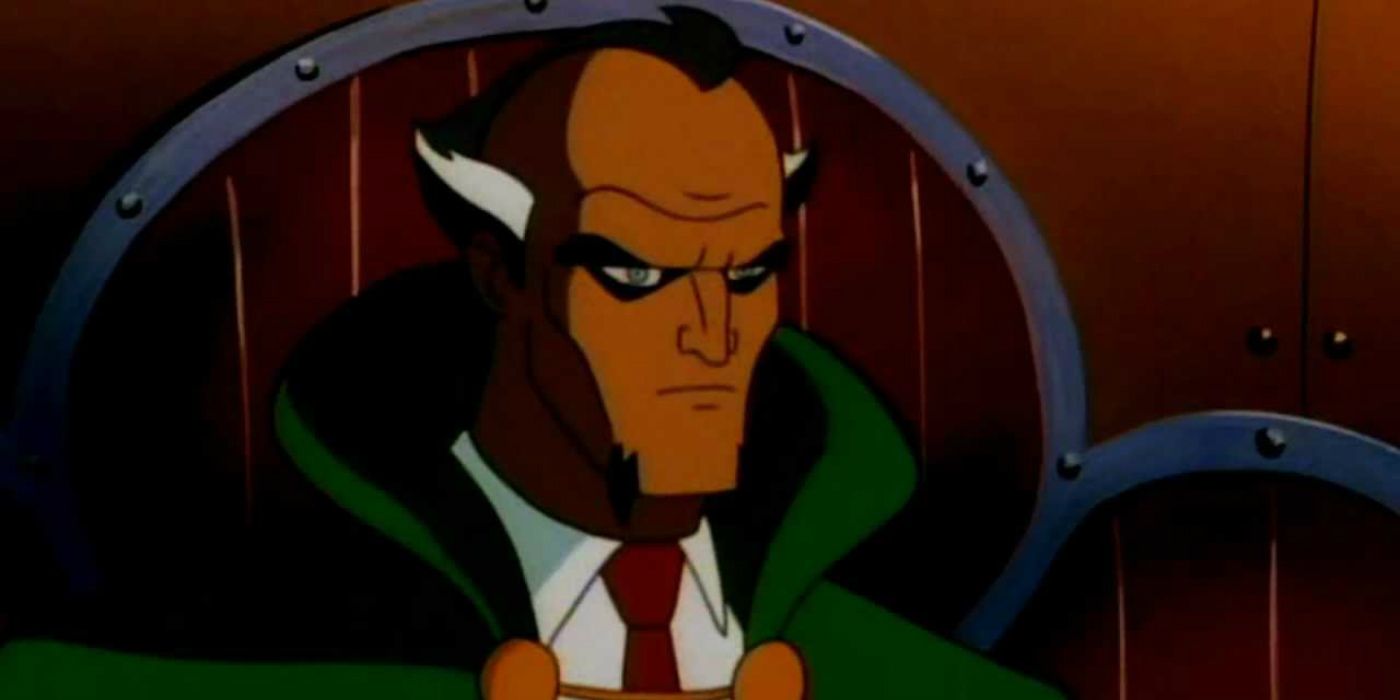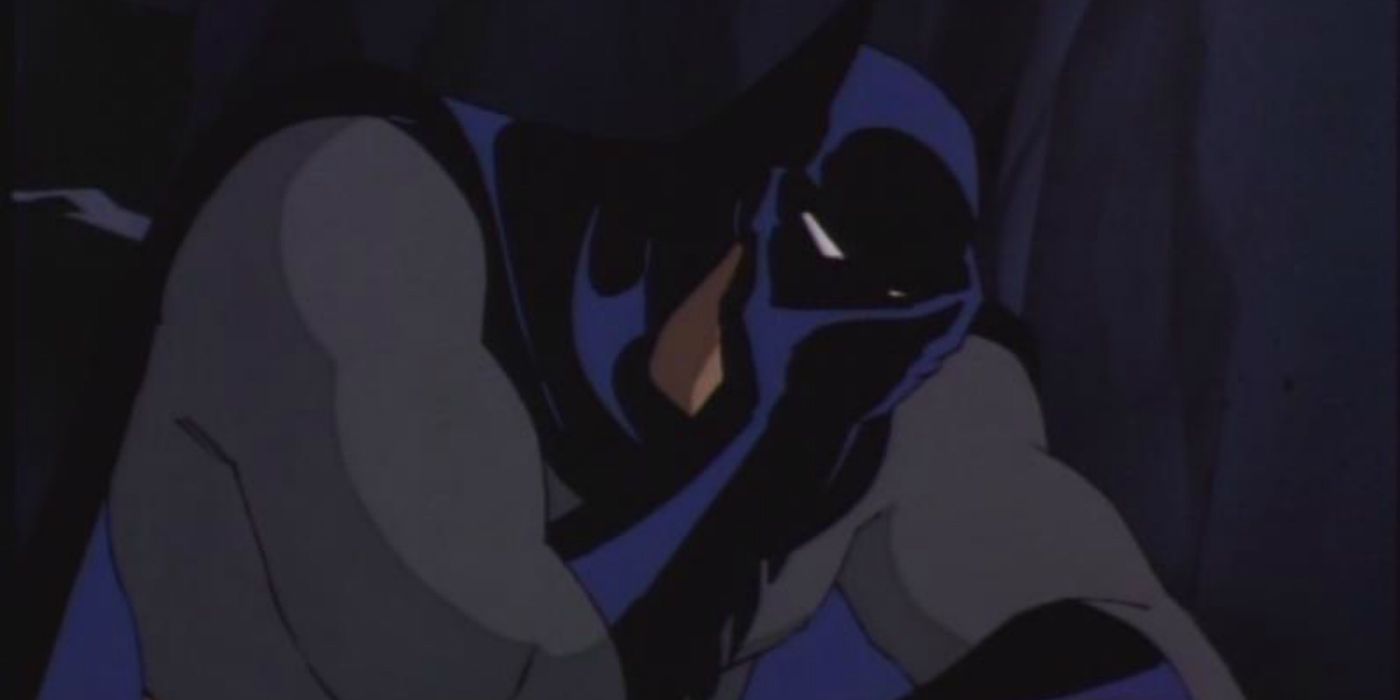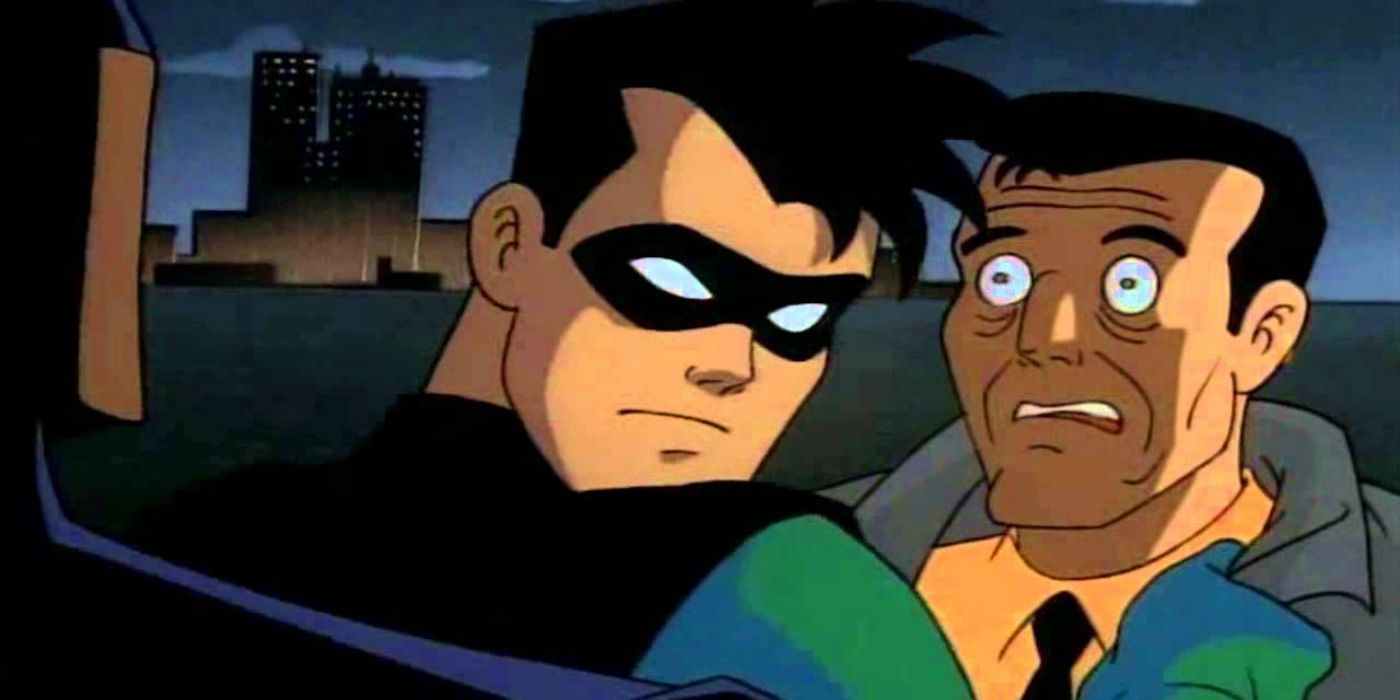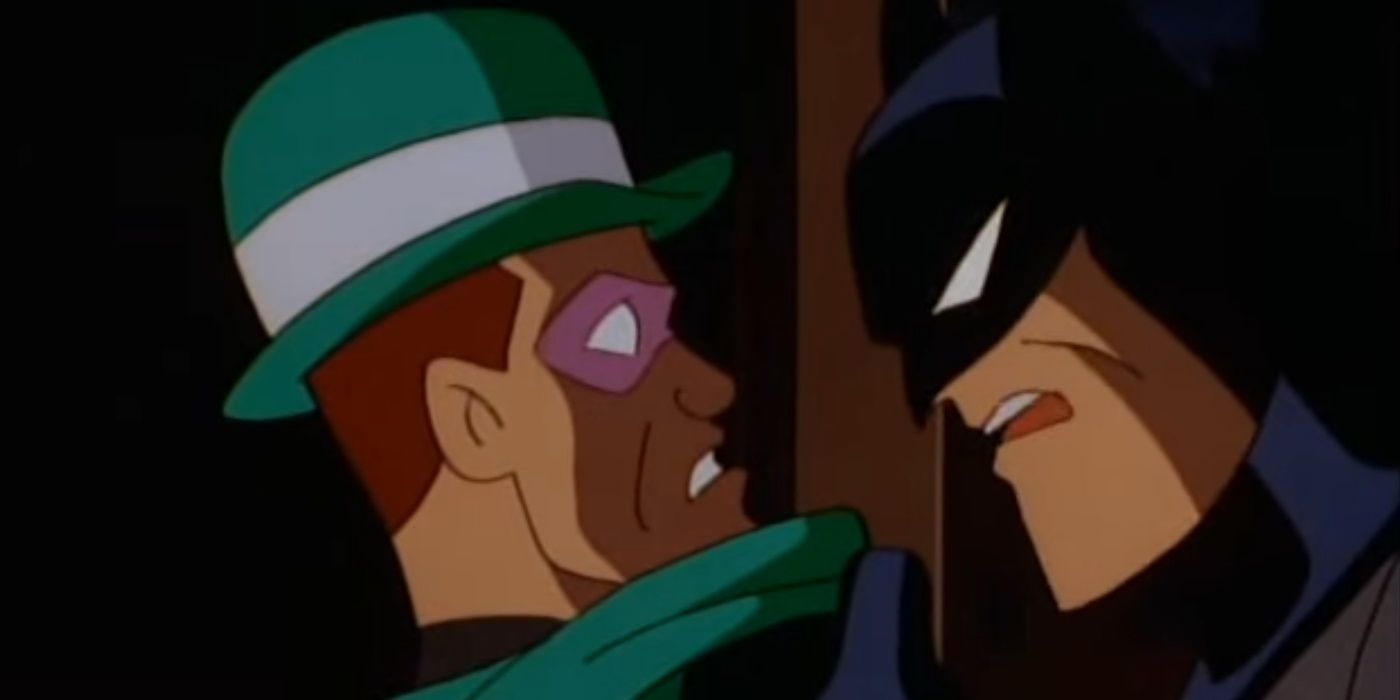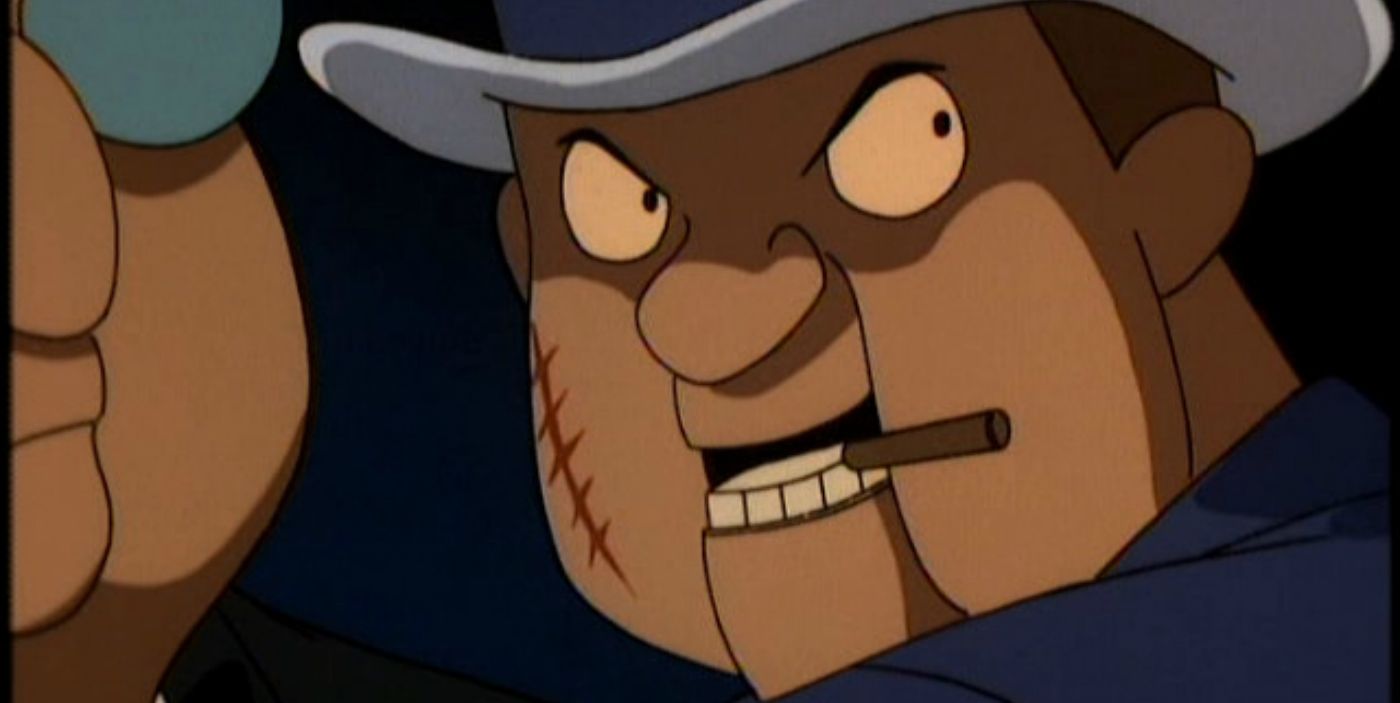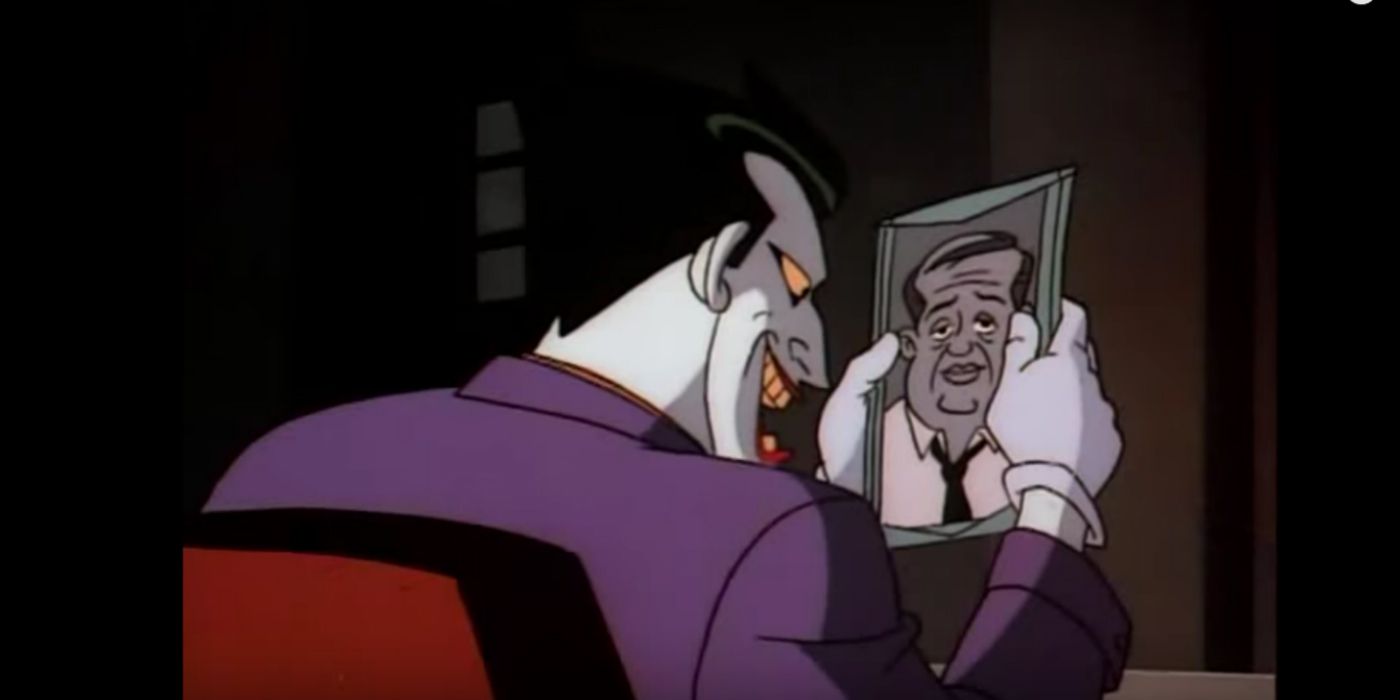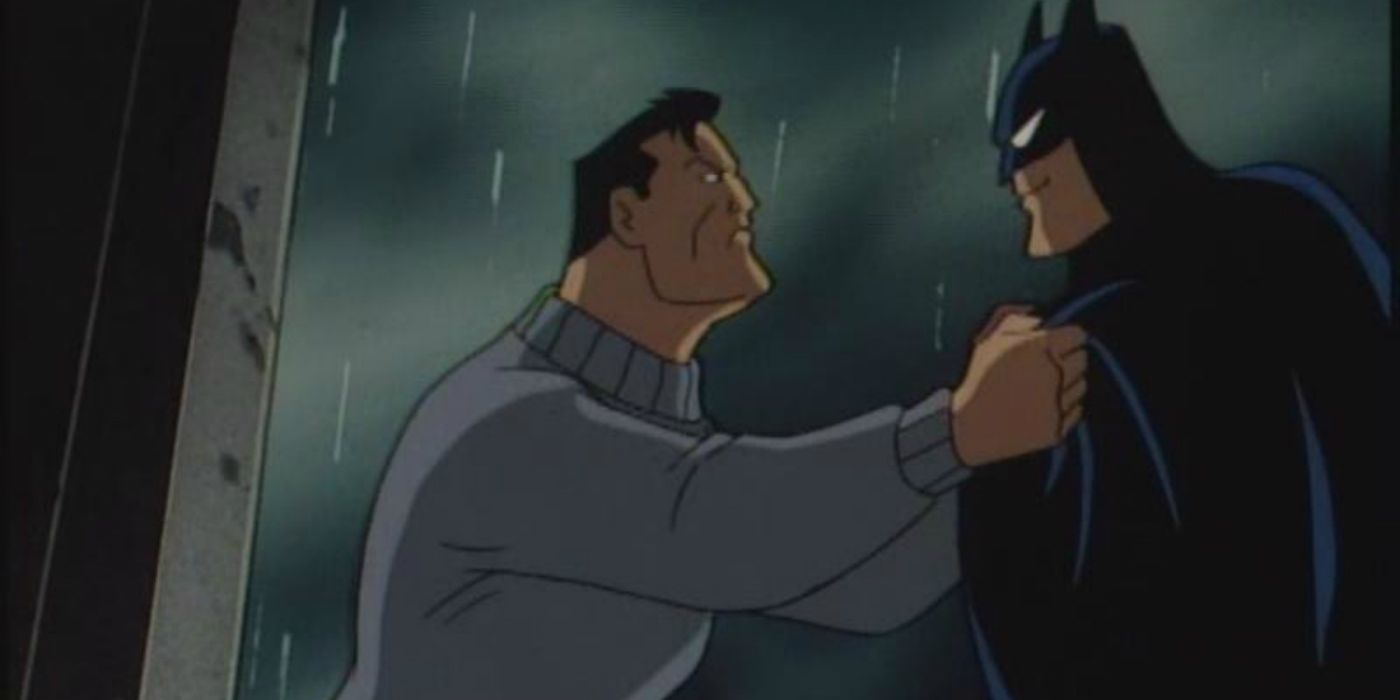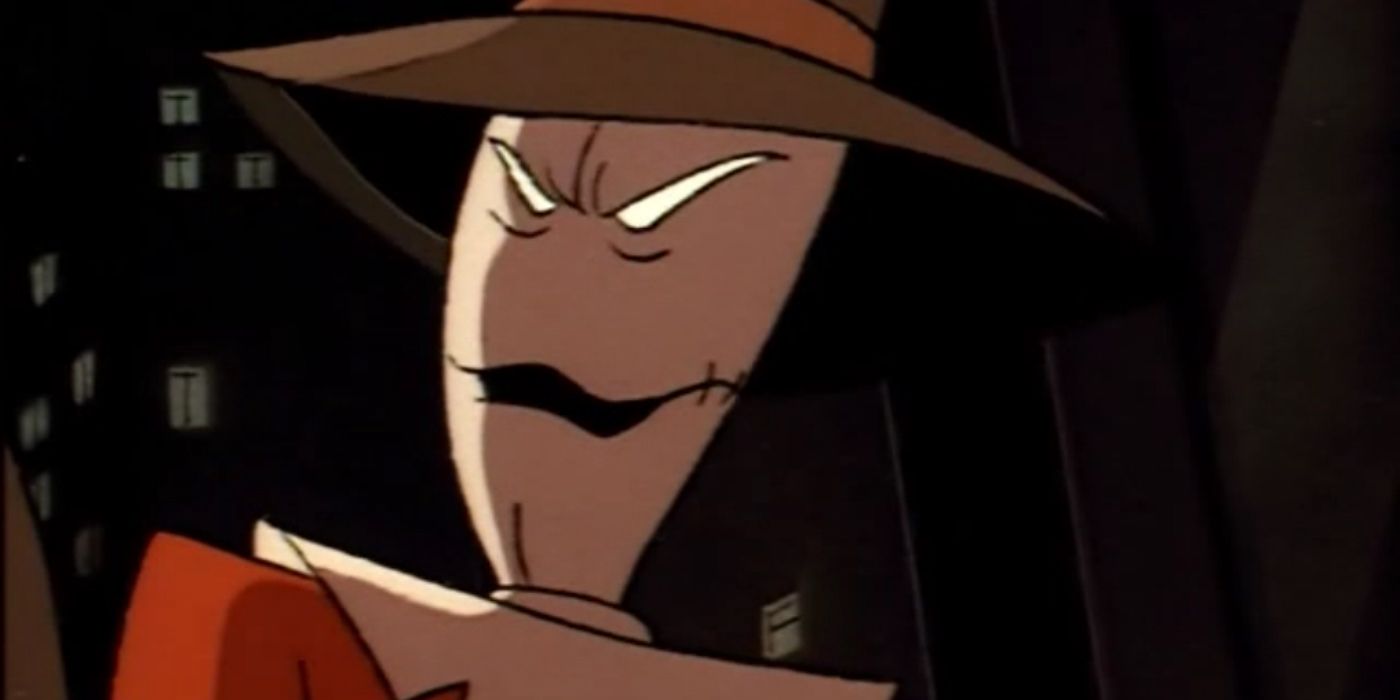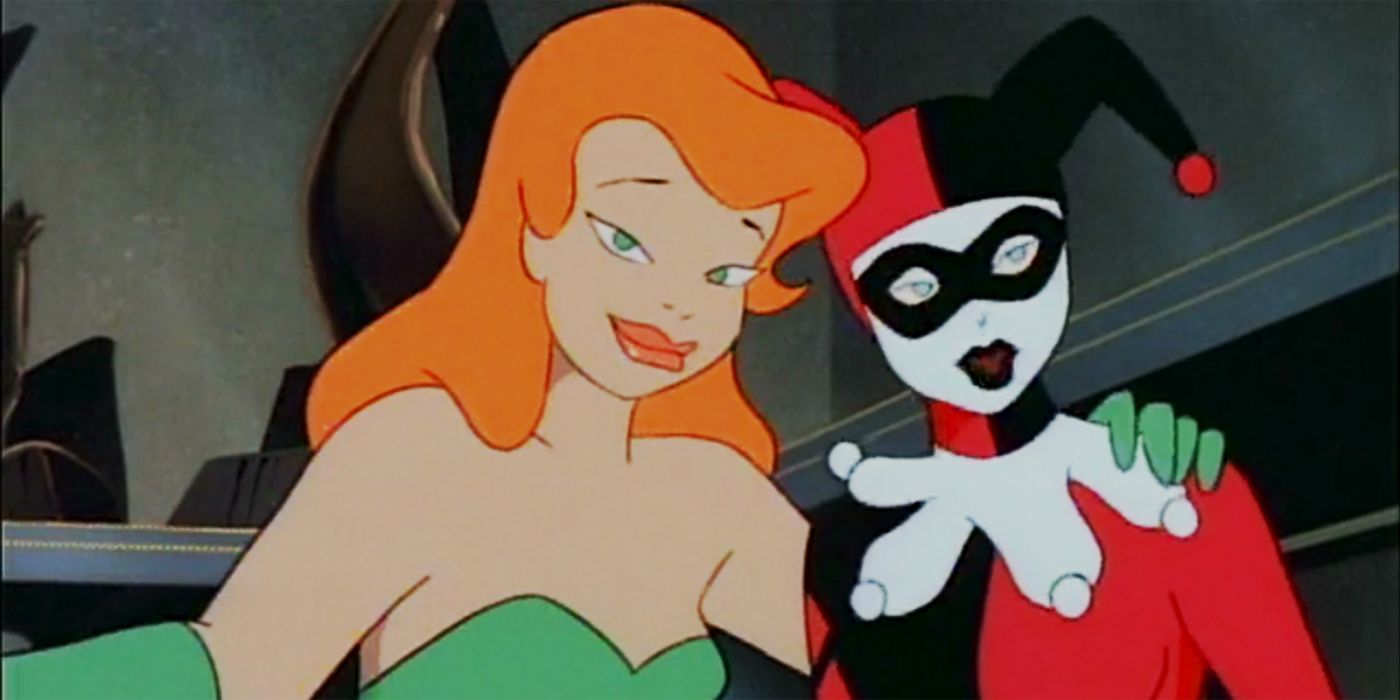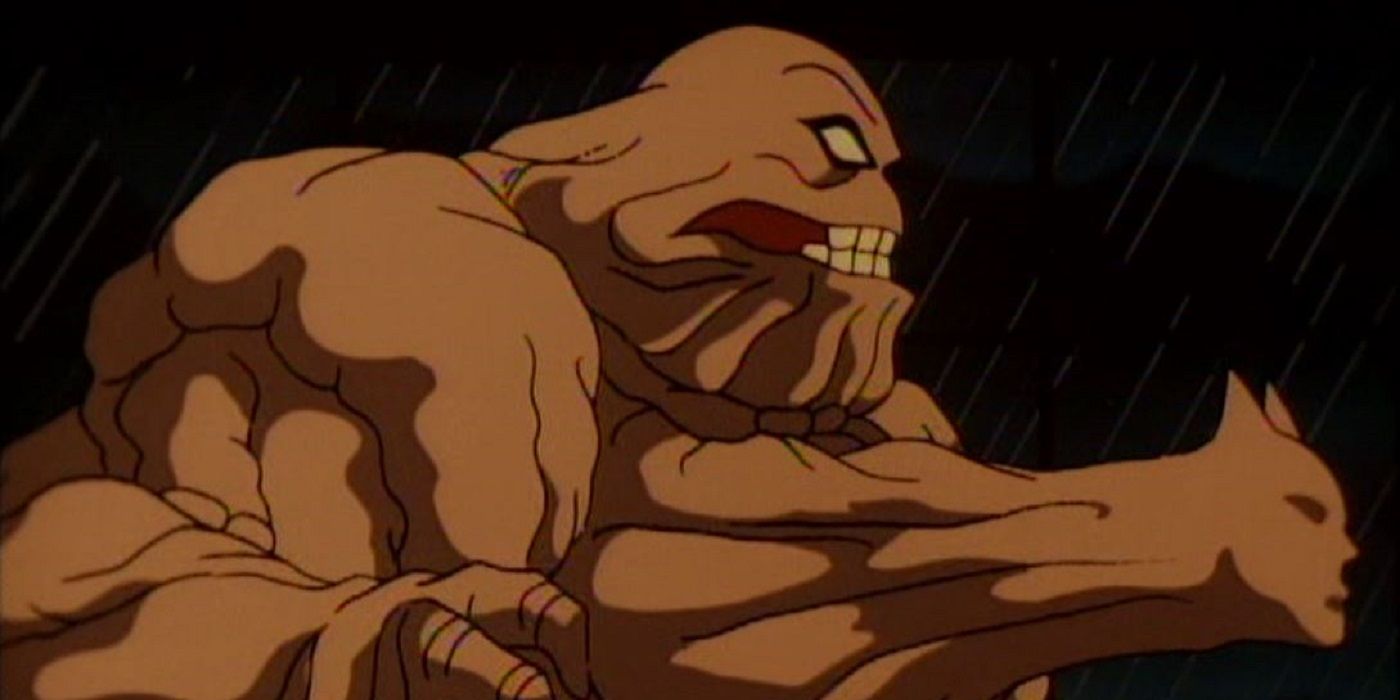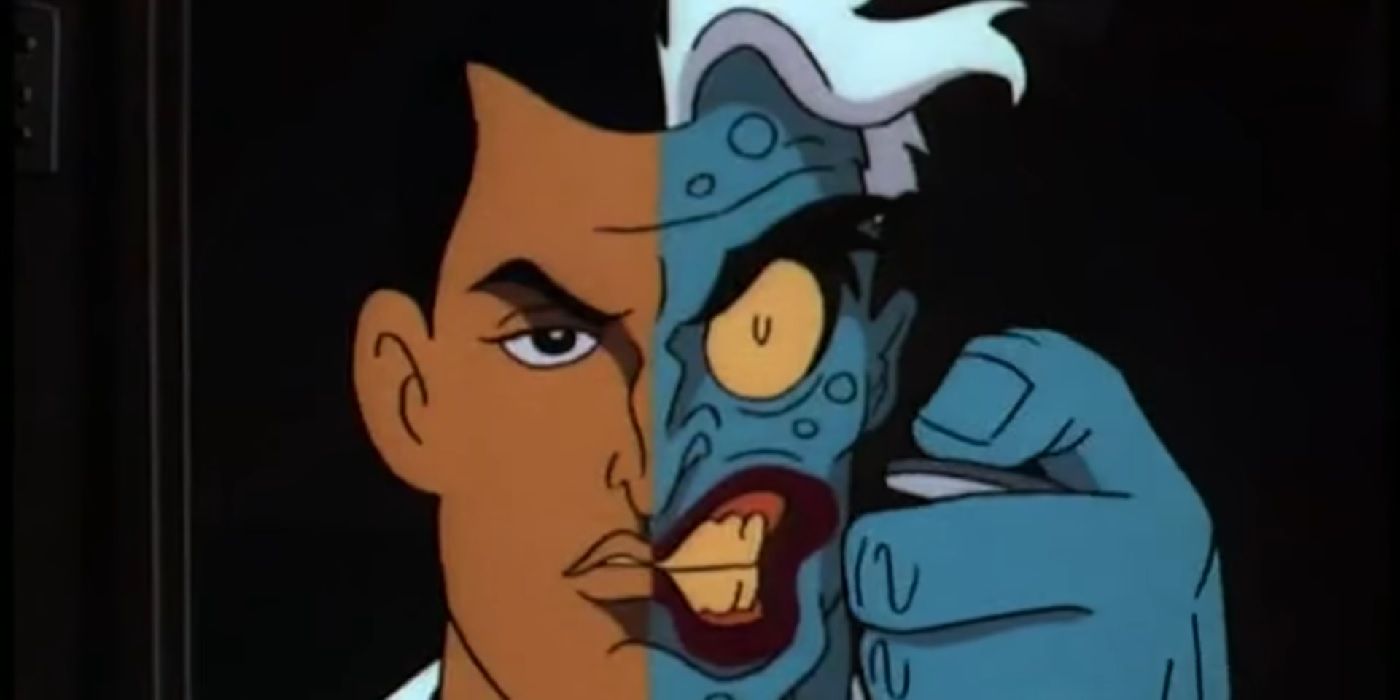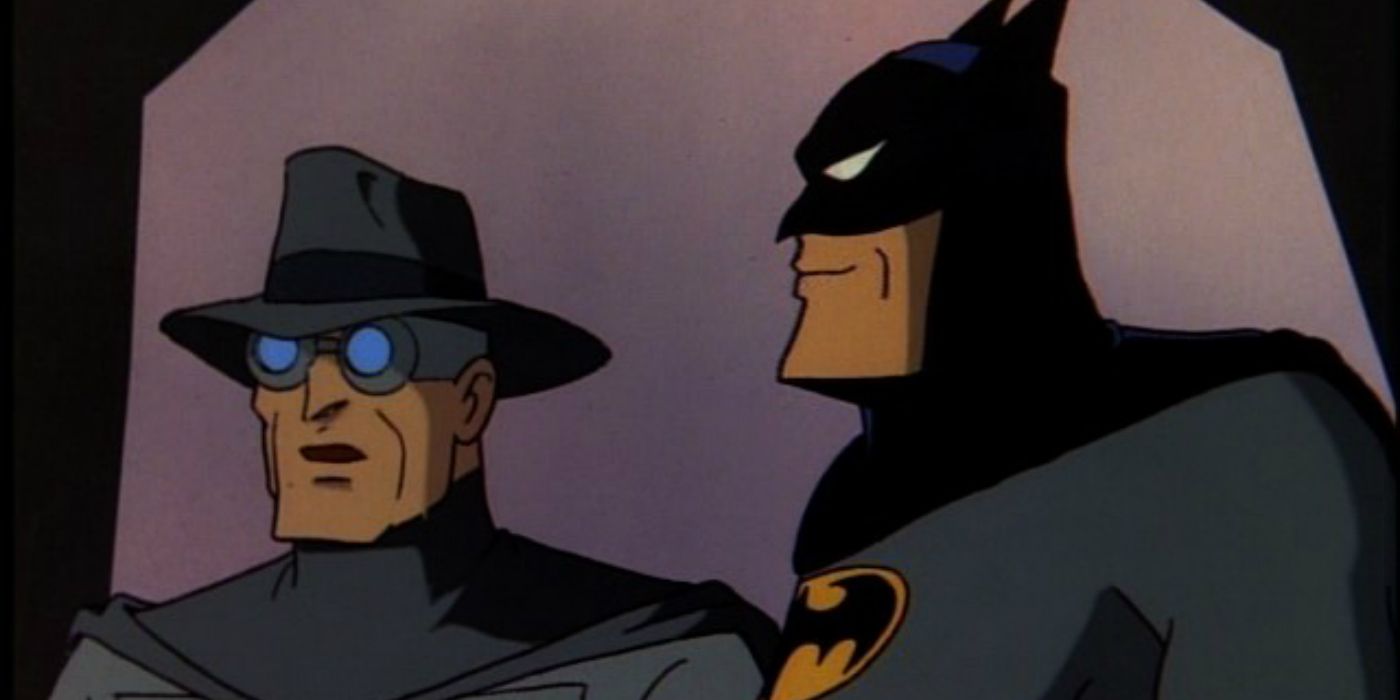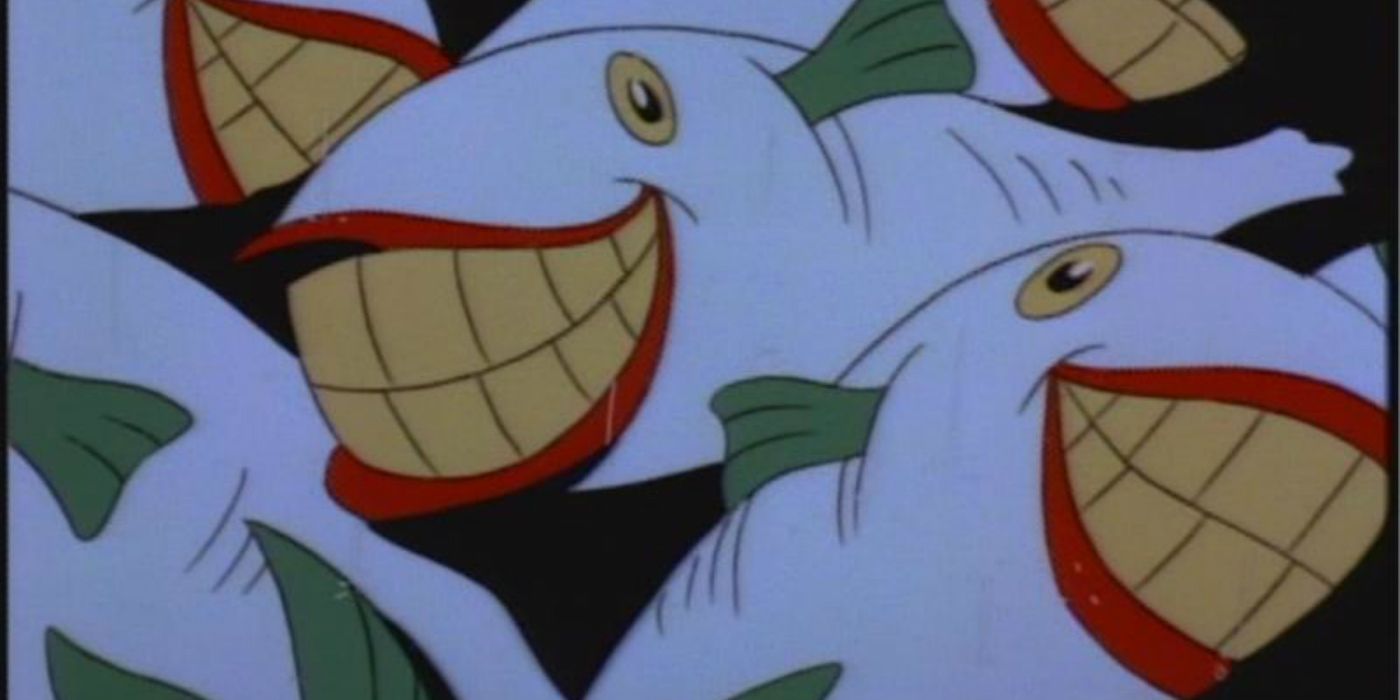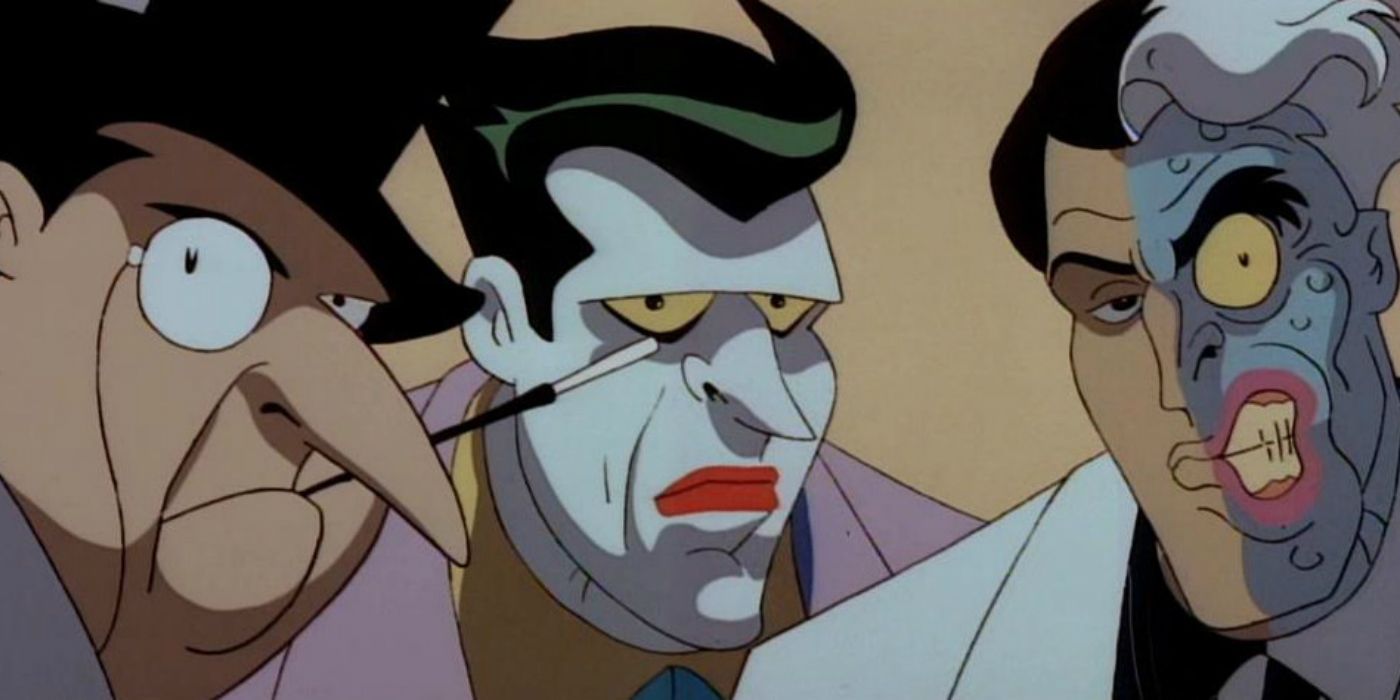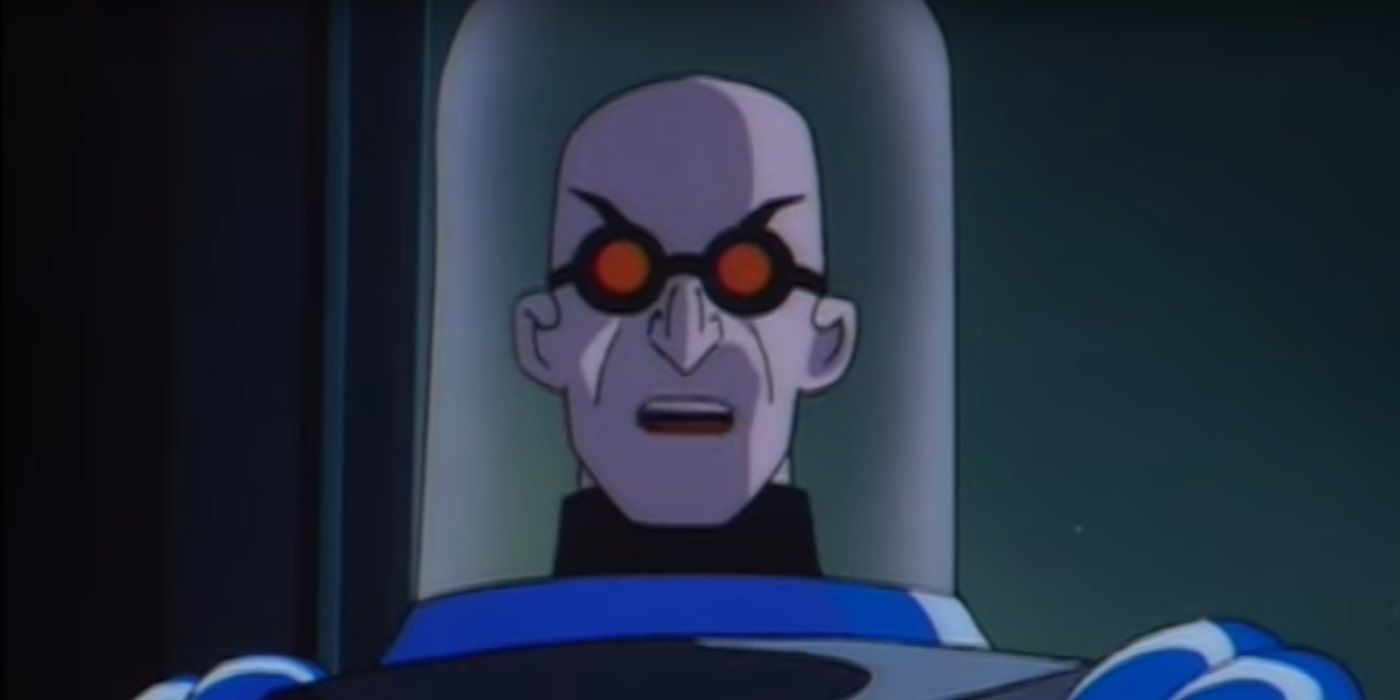When "Batman: The Animated Series" was first announced, many people assumed it was just a grab for popularity from the movies, but it was much more. First airing in 1992, the TV series was a groundbreaking show that ran for 86 episodes and achieved critical acclaim for its dark tone, film noir visual style, complex writing and faithfulness to the comics.
RELATED: The 15 Best Villains in "Batman: The Animated Series"
It had a lasting impact, launching the DC animated universe, leading directly to "Superman: The Animated Series," "Justice League" and others. It also set a new tone for children's television, showing how an action series could be exciting and well-written while pushing boundaries. It was also just a lot of fun. Here at CBR, we decided it was long overdue to run down the 15 best episodes of the groundbreaking series.
15 THE DEMON'S QUEST
Written by the legendary Dennis O'Neil and Len Wein, and directed by Kevin Altieri, "The Demon's Quest" was a two-part episode that first aired in May 1993. When Robin was kidnapped, Batman was confronted by Ra's Al Ghul, who had figured out his secret identity as Bruce Wayne. Ra's claimed he needed Batman's help to track down his daughter, Talia. When Batman agreed, they were led on a global chase that leads to dark secrets.
"The Demon's Quest" introduced Ra's Al Ghul, a legendary villain in the comics but not well-known in any other adaptations, and showed the great intelligence and power he wielded that made him a threat to the Great Detective. It took the Dark Knight to other countries and made him a more global hero, and also showed how the series was dedicated to bringing the comic book world to life, not just showing Batman in an animated form. Besides all that, it was just plain awesome.
14 I AM THE NIGHT
"I Am The Night" (written by Michael Reaves, and directed by Boyd Kirkland) aired in November 1992, and focused on the motives behind Batman. Set on the anniversary of his parents' death, the escape of the Penguin left Batman struggling with whether he had actually done any good in his fight against crime, especially when he tried to stop an escaped mob boss known as Jazzman. Along the way, he came across a young boy who scorned Batman, but later came to understand and appreciate his influence.
"I Am The Night" was one of a long line of surprisingly emotional episodes for the series, which wasn't afraid to explore the psychological tone of Batman. His constant struggle against crime took its toll on him and he was plagued with uncertainty over his motives, but it also worked as a fun and exciting story. "I Am The Night" was a haunting and moving episode, unlike anything we expected to see in children's television at the time.
13 ROBIN'S RECKONING
In February 1993, "Batman: The Animated Series" aired the two-part episode "Robin's Reckoning," written by Randy Rogel and directed by Dick Sebast. In the episode, Robin came across a mobster named Tony Zucco, the man who caused the death of his circus-performer parents, leaving him an orphan. Despite Batman's efforts to stop him, Robin set out to get Zucco, and was forced to confront the man and see whether he would kill for his revenge.
"Robin's Reckoning" was a surprisingly powerful and dark episode, exploring Robin's grief, his origin and the price of revenge. It also tied into Batman's own grief and pursuit of revenge for his own parents' death. The episode has been critically acclaimed, earning the animated series an Emmy award for "Outstanding Animated Program (For Programming Less Than One Hour)." It's also just a great treatment of Robin and one of the few Robin-focused episodes of the series.
12 IF YOU'RE SO SMART, WHY AREN'T YOU RICH?
Written by David Wise and directed by Eric Radomski, "If You're So Smart, Why Aren't You Rich" aired in November 1992 and introduced the Riddler to the series. When the frustrated computer game designer Edward Nygma was fired by his company, he was taunted by his boss with the title phrase. Nygma returned as the puzzle-obsessed criminal the Riddler, determined to punish his old boss for stealing from him. It was then up to Batman to match wits with him.
The Riddler had become known as a chaotic and hyperactive villain in the 1960s Batman TV series, but the animated series made him a much more deadly and stable enemy. Instead of a series of bad jokes, the Riddler used a wide variety of puzzles and games to exact his revenge, and the riddles were much more sophisticated and clever than the '60s version. It was another great villain made better by the animated show.
11 READ MY LIPS
Written by Joe R. Lansdale, Alan Burnett and Michael Reaves, and directed by Boyd Kirkland, "Read My Lips" brought Scarface and the Ventriloquist into the animated series. In the May 1993 episode, Batman is fighting a crime spree led by a mysterious man known as Scarface, who turns out to be a ventriloquist's dummy. Yes, in this episode, Batman's nemesis is a wooden dummy or at least the meek man who controls the dummy and treats Scarface as if he's alive.
The writers on the animated series did a great job on the big bads like Hugo Strange, but also had an amazing gift to take some of the worst and least interesting characters in Batman's rogues gallery and make them the best. The Ventriloquist is a perfect example, a bizarre and demented villain who shines in this episode. When Batman stumbles across Scarface lying in bed, alone, there's a moment where he watches it as if waiting for the doll to come to life. In a world of human crocodiles and evil clowns, a living doll kind of made sense.
10 JOKER'S FAVOR
The seventh episode of the animated series was "Joker's Favor," written by Paul Dini, directed by Boyd Kirkland, and airing in September 1992. In the episode, an average guy named Charlie Collins cursed out a car in traffic, only to discover the driver was the Joker himself. When Charlie begged for his life, the Joker made him promise to do him a favor. Years later, even though Charlie changed his name and left Gotham, the Joker tracked him down to collect.
The idea of a road rage incident making someone a target of the Joker is funny enough, but the Joker's dogged pursuit of a normal man makes this one of the strangest things he's ever done. The episode is also noteworthy as the first appearance of the Joker on the show, and also the first appearance of Harley Quinn in any medium. It's a great episode and one of the Joker's best on the series.
9 PERCHANCE TO DREAM
Directed by Boyd Kirkland and written by Laren Bright, Michael Reaves and Joe R. Lansdale, "Perchance to Dream" aired on October 19, 1992. In the episode, Batman was knocked out and woke up in a world where his parents never died, and he never became Batman. He's engaged to Selina Kyle (who never became Catwoman), and seems to be a happy man. While it seems like his fondest wishes have come true, Bruce began to suspect something was horribly wrong and finds the disturbing truth.
For an action series, this was a bold move for the show, since there really wasn't a villain in most of it. This is also a particularly emotional episode, showing how Bruce Wayne would trade all his skills and power for a happy life, and shows how much he lost in his pursuit of his war on crime. It's a favorite among fans and even Kevin Conroy (who voiced Batman in the series) called it his favorite episode of the entire series.
8 NOTHING TO FEAR
"Nothing to Fear" aired in 1992, and was the 10th episode to air overall on the animated series. Written by Henry Gilroy and Sean Catherine Derek, and directed by Boyd Kirkland, "Nothing to Fear" introduced one of Batman's most feared enemies, the Scarecrow. When a university in Gotham went through seemingly horrific attacks, Batman discovered a madman dressed like a scarecrow was behind them. A former professor who specialized in the study of fear, the Scarecrow was trying to get revenge on the university for firing him. When Batman was exposed to the Scarecrow's gas, he began having hallucinations of his own greatest fear: his parents being disappointed in him.
Like many other episodes on the animated series, "Nothing to Fear" nailed and brought to life a villain from the comics. The Scarecrow's origin was really good and his hallucinations scary. Batman's hallucinations also really took a dramatic twist to the story, showing what the man who brings fear to evildoers actually fears himself.
7 HARLEY AND IVY
Written by Paul Dini and directed by Boyd Kirkland, the episode "Harley and Ivy" aired in 1993 and made a huge impact. In it, Joker's sidekick girlfriend, Harley Quinn, broke up with the Joker and decided to strike out on her own. When she met Poison Ivy, the two went on a crime spree. As they proved to be surprisingly effective, the Joker tried to get her back with Batman set to take them both down.
This episode teamed up Poison Ivy and Harley Quinn for the first time, a pairing that's proved so popular that they continued to be partners in the show, and even in the comic book continuity. The two will probably also be partnered on the pending "Gotham City Sirens" movie coming soon. The episode was also fun on its own and way more female-centric than others with a moment where they blew up a car full of catcalling men, making female viewers everywhere cheer.
6 FEAT OF CLAY
Written by Marv Wolfman and Michael Reaves, and directed by Dick Sebast (Part 1) and Kevin Altieri (Part 2), the two-part episode "Feat of Clay" aired in 1992, introducing Clayface. When the actor Matt Hagen is attacked by mobsters, he is forced to drink an experimental drug that turns him into a clay-like creature, able to change his shape and appearance at will. Calling himself Clayface, he set out to get revenge on the mobster, while fighting Batman who was trying to stop him from going too far.
Once again, the animated series showed a surprising range for action shows at the time with a dark and mature tone, even while staying safe for kids. The scene of Hagen being held down while the thugs poured the Renuyu into his mouth, even in silhouette, stood out as a horrifying scene for any show. The episode also made Clayface a sympathetic villain, reminding us of how the series reached for compassion even in criminals.
5 TWO-FACE
In 1992, the series aired another two-part episode, "Two-Face." Written by Randy Rogel and Alan Burnett, and directed by Kevin Altieri, the episodes introduced the villain Two-Face, formerly known as district attorney Harvey Dent. Successful and well-respected by Gotham City, Dent's face was scarred by acid, which caused his personality to warp. Originally a beacon of justice, he now was a man who flipped a coin to make all his decisions. He used his skills and knowledge to get revenge on the mobster who disfigured him.
Brilliantly voiced by Richard Moll, the episode took the time to introduce the villain Two-Face in two episodes, and also introduced the idea that Dent was schizophrenic before his accident. Setting Bruce Wayne and Dent as friends, it's more tragic when Two-Face tears them apart. The episode has drama and emotion on a level we had rarely seen in children's television, let alone a Batman show. Just like the Riddler, the animated series was able to take a classic villain and make him even better.
4 BEWARE THE GRAY GHOST
In 1992, "Batman: The Animated Series" aired "Beware the Gray Ghost," an episode (written by Dennis O'Flaherty and Tom Ruegger, and directed by Boyd Kirkland) about an aging actor who once played the superhero known as the Gray Ghost on TV, but was now long forgotten. His life changes when he gets a visit from Batman, who's trying to track down an old episode because someone is copying a crime committed in it. Along the way, Batman gives the old man his dignity and his heroism back.
The episode delved deeper into Batman's origin, revealing how his love of a pulp character inspired him to become Batman, something that had never been a part of his past in the comics, arguably but should have been. At his heart, Batman was just a fanboy like all of us. As if that weren't enough, the episode had the 1960s' Batman, Adam West, voice the Gray Ghost, bringing him full-circle into the Batman franchise.
3 THE LAUGHING FISH
In 1993, "Batman: The Animated Series" aired "The Laughing Fish," where the Joker used a toxin to deform Gotham's fish with hideous smiles and threatened the patent office to try to copyright them. Written by Paul Dini and directed by Bruce Timm, Batman had to protect the people whom the villain targeted while trying to track down the clown, and the episode ended with Batman fighting a giant shark. It really had everything we wanted from a Joker and Batman story.
"The Laughing Fish" was actually based on three different Batman comics; "The Joker's Five-Way Revenge" from "Batman" #251 (from 1973 by Denny O'Neil with art by Neal Adams), "The Laughing Fish" from "Detective Comics" #475 and "Sign of the Joker" from "Detective Comics" #476 (1978, both by writer Steve Englehart with art by Marshall Rogers). It was funny and scary with great action sequences, and stands above all other Joker stories in the series, of which there were many.
2 ALMOST GOT 'IM
In 1992, "Almost Got 'Im" first aired, written by Paul Dini and directed by Eric Radomski. The episode was a frame story with five of Batman's villains (Killer Croc, Penguin, Poison Ivy, Two-Face, and the Joker) all playing a poker game and telling a story of how close they came to killing Batman. The stories they tell range from funny (Killer Croc's "I threw a rock at 'im") to the bizarre (Penguin covering him in nectar so hummingbirds would peck him to death), but all are very entertaining. The episode even had a twist ending.
"Almost Got 'Im" was like five episodes in one with a wide variety of concepts and tone, giving each villain a chance to shine. The episode even managed to give the origin to the Batcave's famous giant penny. It was a wonderful chance to show how the "BTAS" was willing to explore different story structures, not just "Batman meets villains and fights them." No, this show tried to keep it fresh and interesting, and it succeeded in doing exactly that.
1 HEART OF ICE
Written by Paul Dini, and directed by Bruce Timm, "Heart of Ice" aired in 1992, and was about the origin of the ice-powered villain Mister Freeze. When a series of thefts go down in Gotham City, Batman discovered they were pulled off by Mister Freeze, a man with a gun that instantly freezes anything and is forced to wear a suit that keeps him in sub-zero temperatures. As Batman tried to fight Mister Freeze, he discovered the tragic origin of his enemy.
Throughout his incarnations prior to this episode, Mister Freeze was always a minor villain in Batman's rogues' gallery, a gimmick who was overshadowed by more popular villains like the Joker. "Heart of Ice" changed all that with a backstory involving his lost wife who was cryogenically frozen and an accident that gave Freeze his new icy curse while trying to save her. The origin was so moving that it was copied shot-for-shot in the 1997 movie, "Batman and Robin." It was also a game-changer for "Batman: TAS," an episode that won the show an Emmy for "Outstanding Writing in an Animated Program."
What did you think of "Batman: The Animated Series?" Let us know in the comments which episodes were your favorites!

